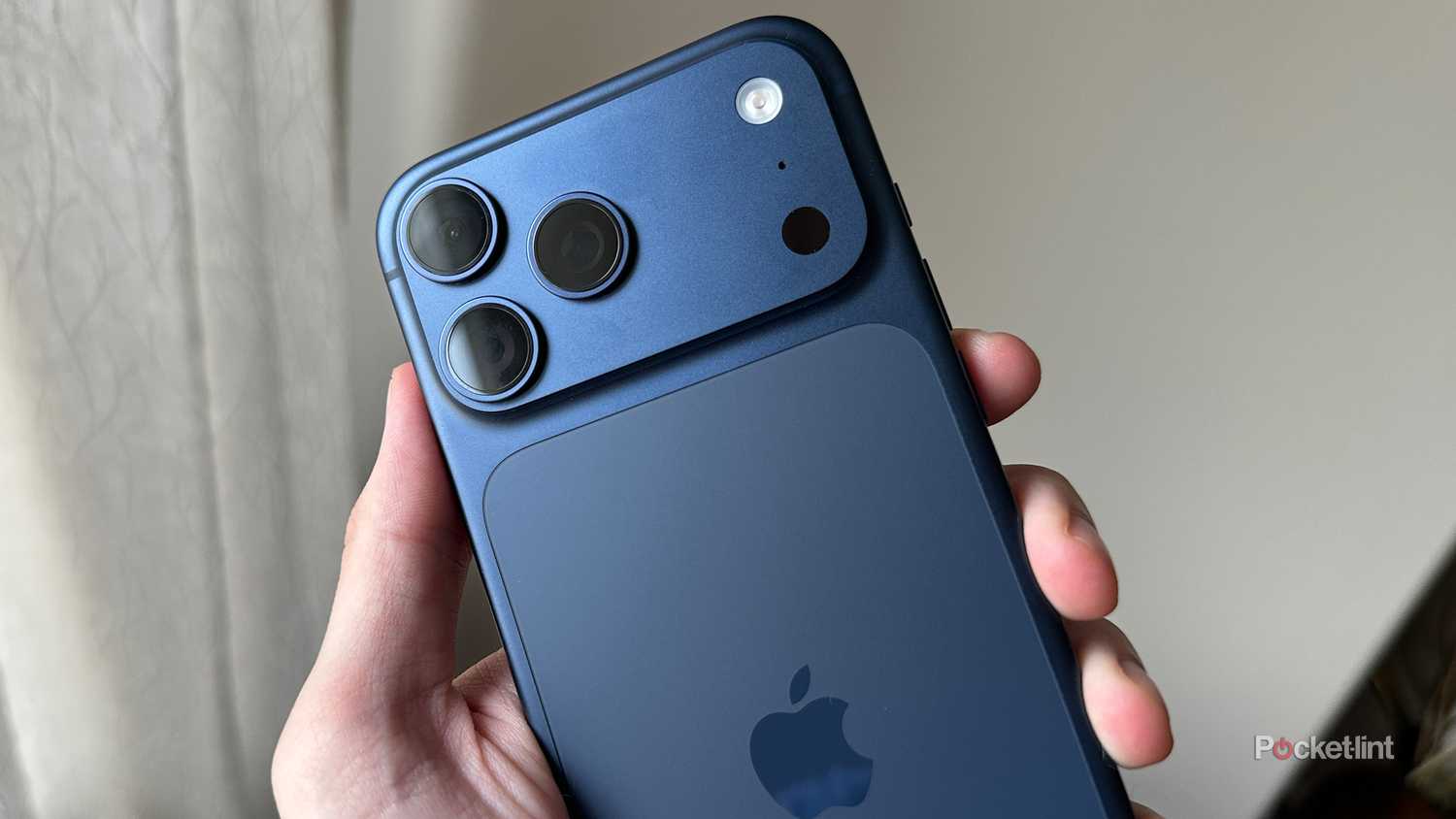Summary
- Apple continues to brag about “optical‑quality” zoom on iPhone cameras, which is another way of saying cropped images at a lower resolution. It’s often enough for snapping decent photos, but sometimes, it isn’t.
- The company has actually ramped up this marketing with its 2025 iPhone models, promising to put four or even eight lenses “in your pocket.” That risks misleading buyers who don’t read tech specs.
- It’s not the worst offense, but it’s not a way of earning the trust of iPhone buyers, either. Apple doesn’t need hyperbole to sell people on the merits of the iPhone Air or iPhone 17 lineup.
As it often does during iPhone launches, Apple spent a considerable amount of time during its iPhone 17 event talking about camera technology. It’s been a selling point since the iPhone 4, and many people rely on a smartphone as their only “real” camera these days — myself included. I used to be a professional photographer, yet it’s tough to justify owning thousands of dollars in camera equipment when I’m not actually shooting weddings or portfolios anymore. Even if photography was a major hobby for me, the gear would need to pay for itself, at a minimum.
To Apple’s credit, iPhones can capture some excellent images if you work within their limitations. But one of the things I and others have noticed is that the company is using some questionable language to describe its camera tech, to the point that some people might come away with the wrong impression of what they’re buying. Contrary to what its marketing suggests, Apple hasn’t figured out a way to cram my old lens bag into a six-inch piece of aluminum or titanium. You might want to read on if you’re eyeing the newest iPhone slate.
What sort of language is Apple using?
Doubling down on Newspeak
Since the iPhone 15, Apple has bragged about its main (wide-angle) cameras sporting “optical-quality” 2x zoom. Functionally, I don’t have any complaints about this mode, most of the time. I use it more often than the standard 1x mode, in fact, given that one of the chief rules of photo composition is to fill the frame with your subject. Pros often shoot portraits with 80mm, 120mm, or 200mm lenses.
The issue is that “optical-quality” isn’t quite a lie, but is still a euphemism for what Apple’s actually doing — cropping in on a smaller part of the sensor image. When you switch to 2x, you’re only getting slice of the full 48-megapixel resolution. This can become all too apparent when you’re editing for professional purposes like me, or simply want to enlarge an image a little bit. There’s only so much software processing can do to help cropped content, especially if you pair it with dim lighting. At that point, sensor noise tends to be immediately obvious.
The issue is that “optical-quality” isn’t quite a lie, but is still a euphemism for what Apple’s actually doing — cropping in on a smaller part of the sensor image.
With the latest iPhones, Apple has taken this marketing tactic to the next level. The worst example is the iPhone Air, which is described as putting “four lenses in your pocket.” That’s extremely charitable. In reality, you’re getting just two cameras — one on the front, one on the back — ditching even the ultra-wide lens on the iPhone 17. All of its zoom options are digital, so you’ll be hard-pressed to get images as good as Apple’s samples unless you’re standing a few feet away from your subject. Back when I was doing portfolios, the models would’ve rightly complained about me standing right next to them all the time.
The iPhone 17 Pro is genuinely well-equipped, but Apple still unfortunately brags about it putting “eight pro lenses in your pocket.” To make this claim, the company counts all the focal presets spread across its main, telephoto, and ultra-wide cameras, regardless of their resolution. Yes, its new telephoto module can shoot at 8x “optical-quality” zoom — but that’ll put you at the same 12-megapixel resolution as the old 5x telephoto on my iPhone 16 Pro. If you want the 17 Pro’s full 48-megapixel fidelity, you can’t go past the 4x mark.
While I’m at it, I should complain about a TV ad depicting the 17 Pro in professional film shoots with heavy debris flying at it. The phone does have some legitimate cinema credentials, but no filmmaker in their right mind would expose it to flying wood, mud, or dust without some sort of protective housing. It’s not that tough, and no studio is going to want to blow $1,100 to $2,000 per take because a phone’s cameras are smashed or uncleanable.
Why does any of this matter?
Setting expectations
As I said at the beginning, there’s a risk that some people won’t understand what they’re actually buying. Apple does explain that its phones shoot at lower resolutions at some ranges — but only if you poke around in tech specs pages. Shoppers who don’t go hunting for this data might assume that they’ll get the same quality at every zoom level, or (less likely, I hope) that Apple has implemented some radical new lens technology that allows it to cram multiple cameras into a single slot. It hasn’t — it’s just promising the functional equivalent of that.
No phone maker should be treading that line. At best, it’s bound to lead to a little confusion or disappointment for some buyers. At worst, it could be considered deceptive.
The more direct a company is, the more likely people like me are to trust it. In the long term, that’s far more valuable than a temporary sales boost.
This language has already started to infect other phone makers. Google, for instance, claims “optical quality at 0.5x, 1x, 2x, 5x, 10x” for the Pixel 10 Pro.” Perhaps Apple should borrow a cue from Samsung, which is at least upfront about there being a difference between “optical quality” and true optical zoom when talking about the Galaxy S25. The nature of that gap might not be too clear to the average person, but it’s still better than conveniently omitting its existence.
Do I expect Apple to switch up its language anytime soon? No, not really. I think Apple has chosen its words very carefully, using just the right ones to entice the masses, while giving itself an out when people press it on the details.
Apple’s new iPhones hold up well enough on their own without hyperbole, and the more direct a company is, the more likely people like me are to trust it. In the long term, that’s far more valuable than a temporary sales boost. Or it should be, anyway. The tech industry in general isn’t doing a lot to support that idea.
Trending Products

Sceptre Curved 24.5-inch Gaming Monitor up to...

SAMSUNG 34″ ViewFinity S50GC Collection...

Wi-fi Keyboard and Mouse Combo – Rii Co...

Logitech Media Combo MK200 Full-Size Keyboard...













